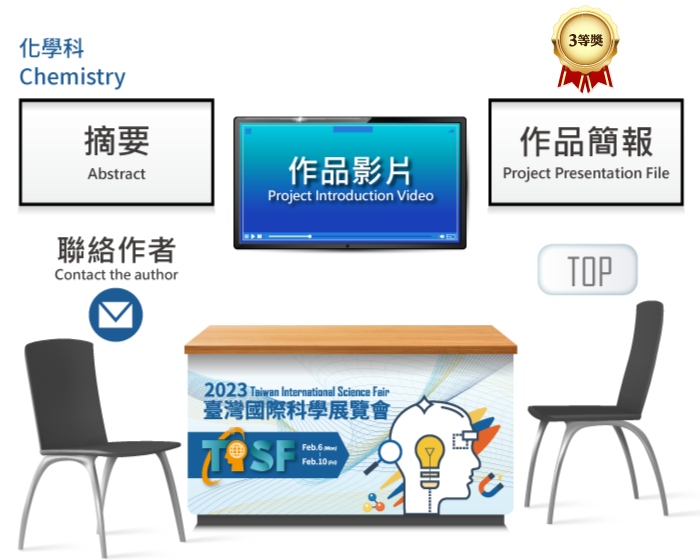030034
Laying waste to Energy problems
Italy

This research aims at exploiting civil and pre-treated industrial wastewaters that go into the purifier and those that come out of it after various treatments to put together a galvanic cell and produce electric current. The water sent for purification contains elements such as carbon, nitrogen, sulphur and phosphorus in a predominantly "reduced" state and its oxygen level is scarce. The water coming out of the process contains the same elements in a predominantly "oxidized" state and it is rich in oxygen. Those chemical discrepancies result in an electric potential difference and, consequently, electric current. In order to simulate the two types of water, two different solutions are prepared. The first one is highly concentrated with pollutants and nitrogen is gurgled in it to reproduce its anoxic environment. The second one's pollution levels are based on the Italian’s legislative limits of chemicals in superficial waters (Legislative Decree 152/2006) and it is insufflated with oxygen. They respectively resemble pre- and post-purification water. The two semicells are connected through a KCl salt bridge. Following the assembly of the battery, five experiments have been conducted, each time varying the operating conditions. From the results, it is clear that the system is more efficient under alkaline and acid environments, generating a potential difference of around 75 mV. Even though such value is relatively low, it would be possible to increase it through the application of more cutting-edge technologies and the research of better operating conditions. Having that said, this system could eventually be upscaled from an experimental to an industrial level in order to produce huge quantities of clean and renewable power. The ultimate goal is to grant the energetic self-sufficiency of the purification plant and other utilities, resulting in a considerable asset both from an environmental and from an economical standpoint.